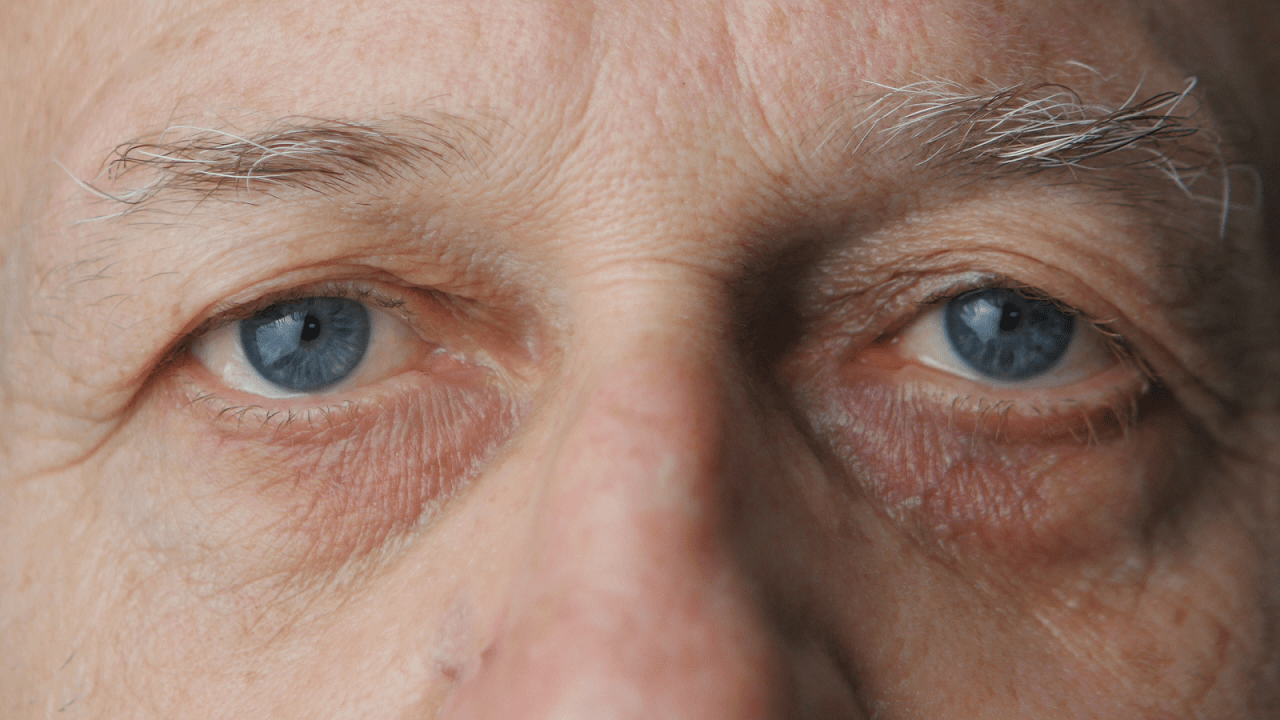Introduction to Common Eye Diseases

People between 50-60 are at higher risk of dangerous eye diseases
As age advances, the body gradually weakens and the eyes are no exception. The World Health Organization (WHO) reports that more than 65% of blindness cases worldwide originate from eye diseases occurring in individuals over 50 years old. The natural aging process makes the eyes more vulnerable and prone to severe conditions. If these eye diseases are not diagnosed early and treated properly, they can lead to permanent vision loss, directly affecting quality of life.
Common Eye Diseases in the Elderly
Age-related Macular Degeneration (AMD)
Age-related Macular Degeneration (AMD) is one of the leading causes of blindness in developed countries, accounting for about 8.7% of global blindness. This eye disease is most common in people over 60 years old. The main cause is natural aging that disrupts blood vessels in the macula, leading to abnormal vessel growth that damages photoreceptor cells. In addition to age, risk factors include smoking, hypertension, diabetes, and high cholesterol, all of which increase the likelihood of severe eye diseases.
AMD symptoms usually involve blurred central vision, distorted or darkened areas in sight, making reading and face recognition difficult even with glasses. Current treatments mainly focus on anti-VEGF injections, laser therapy to stop abnormal blood vessel growth, and nutritional supplements rich in lutein, zeaxanthin, and vitamins C and E to slow disease progression.
Cataracts

Cataracts are the most common eye disease among older adults
Cataracts are the most common eye disease in the elderly. According to the National Eye Institute (NEI), more than 50% of people over 75 are affected. The lens becomes cloudy due to aging or prolonged exposure to ultraviolet rays. Other factors such as diabetes and long-term use of corticosteroids also increase the risk.
Early signs include blurred vision, faded colors, and glare sensitivity. As the disease progresses, daily activities such as reading and driving become difficult. The most effective treatment is Phaco surgery, in which the cloudy lens is replaced with an artificial intraocular lens. With a success rate above 90%, this method significantly restores vision, but early detection through regular eye exams is essential.
Glaucoma
Glaucoma, also known as “the silent thief of sight,” is among the most dangerous eye diseases in older adults because it causes irreversible optic nerve damage. WHO estimates around 80 million people worldwide have glaucoma, and nearly half are unaware. The main cause is elevated intraocular pressure that compresses the optic nerve. Age, genetics, eye trauma, and long-term medication use also contribute to risk.
Glaucoma often progresses silently with few early signs. In advanced stages, patients lose peripheral vision, experience narrowed visual fields like “tunnel vision,” and may suffer eye pain, headaches, or nausea. Since lost vision cannot be restored, treatment focuses on lowering intraocular pressure with eye drops, laser therapy, or surgery to prevent further optic nerve damage.
Diabetic Retinopathy
Diabetic retinopathy is a common complication in elderly individuals with long-term diabetes, affecting up to 30% of such patients. High blood sugar damages small retinal vessels, causing leakage and bleeding. Prolonged damage results in macular edema, blurred imaging, and a high risk of retinal detachment.
Early symptoms are subtle, with patients noticing floaters or small dark spots. As the disease advances, vision deteriorates rapidly, detail recognition becomes difficult, and blindness can occur. Treatment focuses on strict control of blood sugar, blood pressure, and cholesterol, combined with medical approaches such as laser photocoagulation, intravitreal anti-VEGF injections, or vitrectomy in severe cases. This condition highlights the strong connection between systemic diseases and eye health.
Dry Eye

Dry eye in the elderly can lead to serious complications if untreated
Dry eye is a frequent condition in older adults, affecting about 30% of those over 65. The main cause is reduced tear production and decreased tear quality due to aging of the lacrimal glands. Long-term medication use, prior eye surgeries, and autoimmune diseases can worsen the problem.
Patients often experience burning, stinging, a gritty sensation, redness, and reflex tearing. If left untreated, prolonged dry eye can cause corneal ulcers, infections, or scarring that reduces vision. Treatments include artificial tears, anti-inflammatory eye drops, and lifestyle adjustments to reduce dryness. In severe cases, punctal plugs or surgical interventions may be recommended to preserve moisture.
Prevention and Eye Care in the Elderly
To lower the risk of eye diseases, older adults should maintain a nutrient-rich diet with vitamins A, C, E, lutein, and omega-3; avoid smoking and alcohol; and control chronic conditions such as hypertension and diabetes. Routine eye exams every 6–12 months are crucial for early detection and timely treatment of eye diseases and other abnormalities.
In addition, living in a clean environment, choosing proper lighting for work, taking breaks when using electronic devices, and maintaining light exercise all help protect vision. Elderly individuals should consult eye specialists promptly if they experience blurred vision, double vision, floaters, or flashes of light.

 vi
vi 26-Sep-2025
26-Sep-2025










 0916.741.763
0916.741.763 Appointment
Appointment